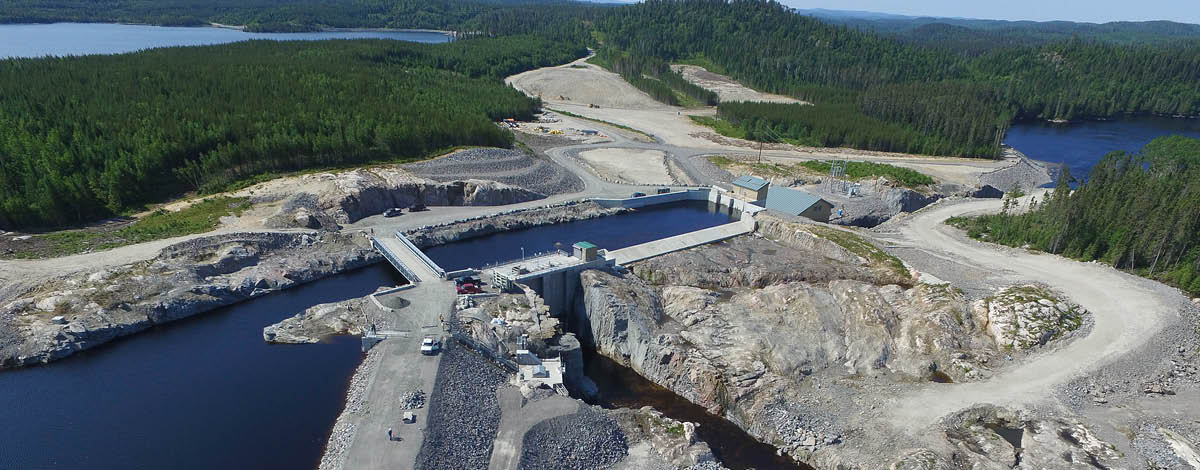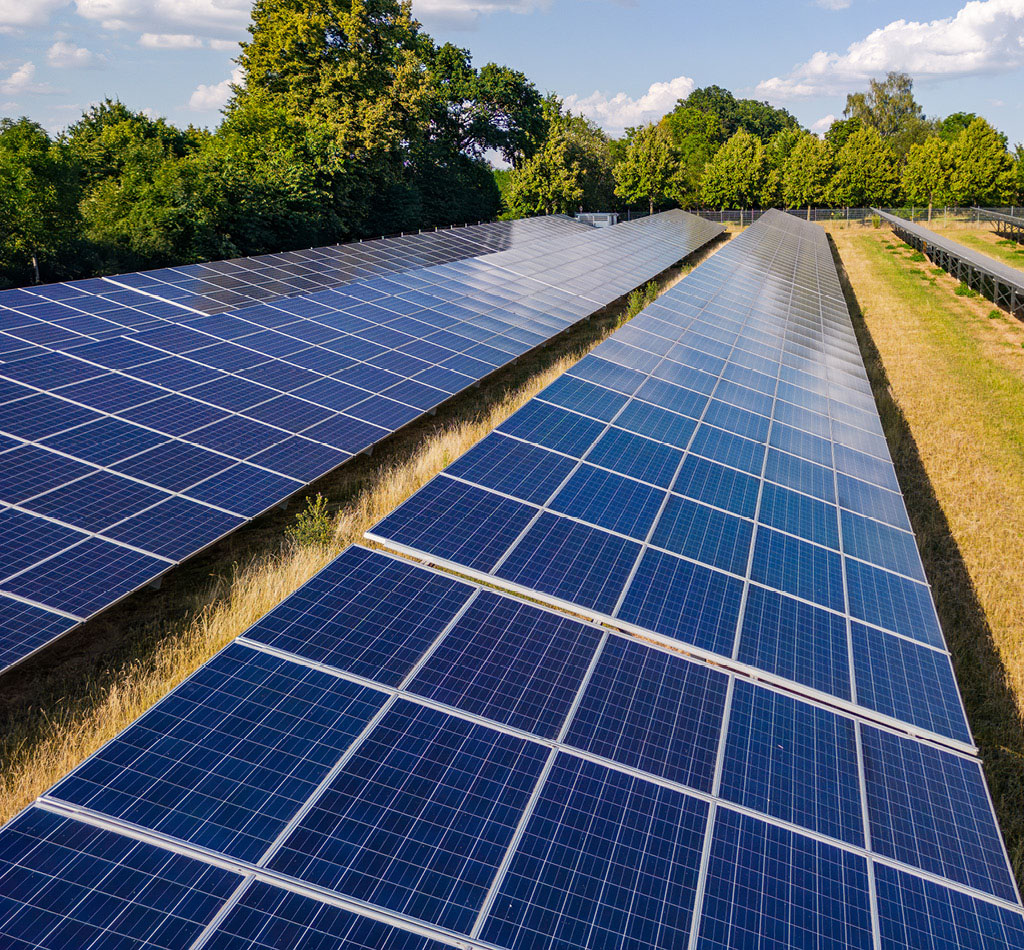Strategic Exchange
Indigenous Participation in Infrastructure Projects
December 11, 2023

An Opportunity to Foster Mutual Benefit and Support Sustainable Development
This article was originally published in Issue 33 of the Journal of Aboriginal Management (JAM), it focuses on the theme Infrastructure: Building a Better Tomorrow.
Indigenous participation in infrastructure projects promotes the economic empowerment of communities while also contributing to a project’s overall success and sustainability. In this article, we delve into some of the ways Indigenous communities can participate in infrastructure investments, and we highlight the benefits that such partnerships can create.
Responsible Investment Requires Inclusive Stakeholder Engagement
Infrastructure projects are typically large-scale physical assets that meet a basic human need. These assets are essential to the well-being of communities and critical to the functioning of local economies. Infrastructure encompasses projects such as roads, bridges, schools, hospitals, water distribution and treatment as well as power generation and electricity transmission. The development and construction of these assets require significant investment and involve numerous stakeholders. The importance of infrastructure projects to communities, and their long-term nature and size, necessitate a responsible investment approach to secure and maintain a social license to operate.
Stakeholder engagement plays a pivotal role in ensuring that investments incorporate a wide range of perspectives and create positive outcomes. Ultimately, responsible investment is about generating financial returns while also considering the broader impact on society and the environment. An inclusive approach to engagement is essential in ensuring that all relevant parties are consulted.
There is a growing recognition of the importance of including Indigenous peoples as key stakeholders in infrastructure projects, ensuring their rights, cultural heritage, and economic interests are respected and supported. This is particularly critical in countries such as Canada where many infrastructure projects directly impact Indigenous lands and territories, as well as their peoples and communities.
This increased awareness – combined with more intentional inclusivity on behalf of government and business – should help to facilitate greater participation in the responsible development of further sustainable infrastructure projects in Canada. However, it is important that these efforts are focused on a desire for true understanding of Indigenous perspectives and priorities, as well as genuine relationship building that seeks to achieve mutual benefit. Such an approach fosters transparency while also promoting collaboration and consensus-building, which can lead to better decision-making and outcomes.
Collaboration Fosters Mutual Benefits and Sustainable Development
Positive partnerships provide a promising path towards more inclusive investment opportunities that facilitate the economic empowerment of Indigenous communities while also supporting the development, construction, and operation of high-quality and sustainable infrastructure projects.
Increased Indigenous participation can contribute to reconciliation efforts by encouraging Indigenous business development, self-determination, and positive socio-economic outcomes. The steady cash flows generated by infrastructure investments can provide Indigenous partners with funds to address any number of objectives such as housing, healthcare, education, recreational facilities, community centers, economic development and cultural revitalization – or anything that the community values and sets as a priority.
Engaging Indigenous communities also helps to protect the value of infrastructure investments by mitigating some of the associated risks, helping to avoid or address conflicts and legal challenges early while supporting smoother and more efficient project development and operations.
Scott Munro, Deputy Chief Executive Officer of the First Nations Financial Management Board, highlighted this well in his article on evolving ESG standards (JAM 32): “How well a business considers and respects Indigenous rights will determine how its enterprise value is impacted. As well intended and beneficial as these projects maybe, if corporations fail to demonstrate to investors and lenders that they have the free, prior, and informed consent of the Indigenous people who are being impacted, conflict is a certain outcome. Projects may get delayed or encounter costly litigation, and businesses will face reputational loss and discontent shareholders.”
In addition to mitigating some of the risks associated with infrastructure projects, the active involvement of Indigenous communities from the beginning stages of project planning brings valuable local knowledge and perspectives to the table. Indigenous communities possess deep understanding of their lands, resources, and traditional practices. These perspectives contribute to better project design, deeper insight into areas of archaeological significance, sustainable resource management, biodiversity preservation, and more robust environmental impact assessments while also promoting effective environmental monitoring and maintenance.
Collaboration enhances the sustainability of projects and strengthens stewardship efforts by incorporating Indigenous perspectives and practices that have been proven to be environmentally harmonious and resilient over generations. It can lead to more successful outcomes for both the project and the communities involved, fostering collaboration, trust, and shared prosperity.
Indigenous Opportunities in Infrastructure
There are several different ways in which Indigenous communities can participate in infrastructure projects. This includes direct involvement through equity ownership stakes, revenue sharing and other mutually beneficial arrangements, as well as less direct participation through financial investments in public infrastructure companies or private infrastructure funds.
Most commonly, participation is formalized through some form of a negotiated benefit agreement that governs the relationship between the Indigenous community and the infrastructure project. These agreements outline specific benefits and compensation that Indigenous communities will receive in exchange for their support or consent for a project, ensuring their interests are codified and acknowledged as part of the project’s ongoing operations. Successful agreements facilitate community consultation and approval by addressing community social, economic and environmental objectives while also ensuring an equitable distribution of project costs and benefits. Benefits can include financial compensation, employment opportunities, skills training, and community development initiatives.
Equity ownership stakes provide a means for Indigenous communities to share directly in the economics of infrastructure investments. By having ownership in a project, communities receive profits and participate in aspects of the decision-making processes. Revenue sharing agreements are another way in which Indigenous communities can participate in a share of the profits generated by an infrastructure project and can provide an important source of revenue. Both of these types of agreements can empower Indigenous communities economically, foster job creation, and improve resource access.
In addition to equity ownership stakes and royalty payments, there may also be other mutually beneficial arrangements that can be explored. It’s important to recognize that the needs, values and ambitions of each Indigenous community are unique in the same way that each infrastructure project is distinct. While there are benefits to leveraging past experience and best practices, there is no one-size-fits-all approach. Each discussion needs to begin from a place of respect for Indigenous communities and a willingness for open dialogue to reach a place of understanding and productive collaboration.
CC&L Infrastructure’s Focus on Shared Value and Strong Partnerships
CC&L Infrastructure invests in infrastructure assets with attractive risk-return characteristics, long lives, and the potential to generate stable cash flows on behalf of a wide variety of clients — including Indigenous trusts, public and private pension funds, life insurance companies, financial institutions, foundations and endowments, and high-net worth individuals.
As long-term asset owners and stewards of client capital, CC&L Infrastructure focuses on managing its assets responsibly. This includes a systematic approach to evaluating material environmental, social, and governance factors. We believe this approach improves our ability to manage risk, protect the value of our investments, and enhance long-term investment returns.
Our firm has a long history of working alongside Indigenous partners. We worked with local First Nations on our first investment more than 15 years ago, and today over half of the Canadian infrastructure assets in our portfolio collaborate with Indigenous communities in some fashion. This includes several run-of-river hydroelectric facilities and solar projects where our Indigenous partners have a direct equity investment alongside us.
CC&L Infrastructure is a part of Connor, Clark & Lunn Financial Group Ltd., an employee-owned, multi-boutique asset management firm whose affiliates collectively manage over CAD$110 billion in assets.



